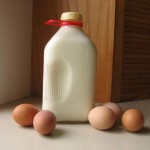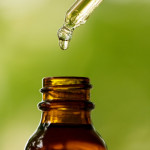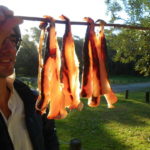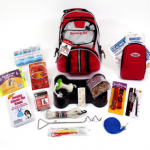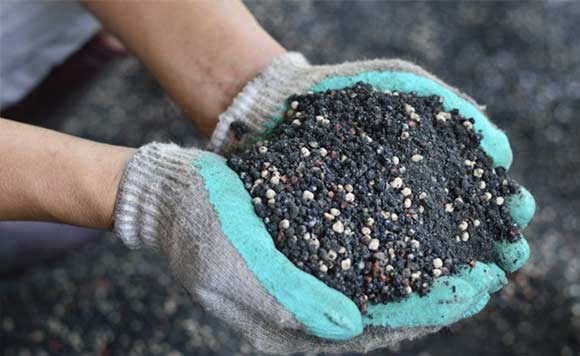
Fertilizer is part and parcel for growing a healthy and productive garden. However, they can also end up doing more harm than good. Commercial products may also not be available in a long-term crisis or survival situation. Let’s take a look at some ways that you can add nutrients to soil with some common items that you will probably have on hand during difficult times.
Eggs
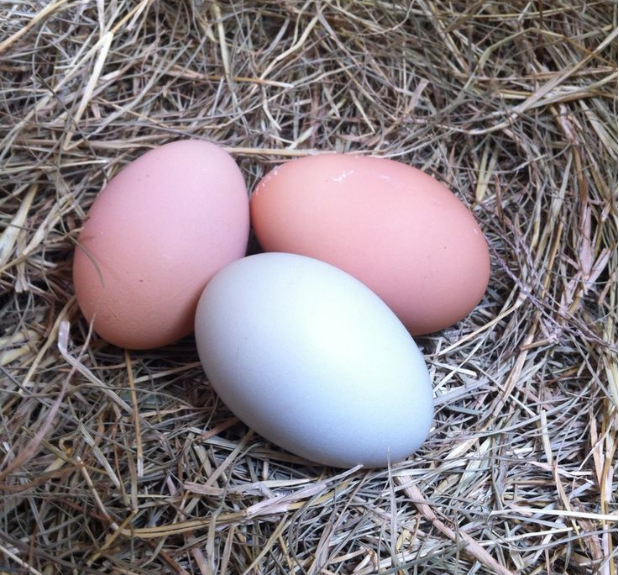
Many people suggest that placing a whole, raw and uncracked egg near the bottom of a planter or a few inches below seed beds in a garden can help to boost nutrient levels of soil. The primary benefit that eggs give is calcium, an important mineral that supports plant growth. The debate over eggs is centered over whether or not to crush and use the shell or the entire egg. The entire egg has more nutrients in addition to calcium. However, it gives off a bad smell as it decomposes, can attract vermin and takes more time to decompose and get absorbed in the soil.
Using the shells only can deliver calcium to the soil faster without the other unwanted side effects, but this is at the expense of losing other nutrients. If you decide to use the whole egg, make sure that it is planted a few inches below the seed. This will help to mask the odor and keep pests away. If you use the shell, simply grind it up and mix it with the soil. In both cases, adding eggs can boost soil productivity.
Banana Peels
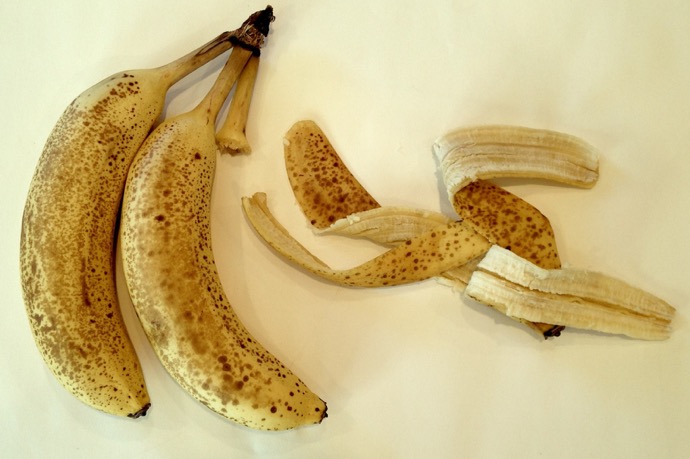
Banana peels are high in sodium, magnesium, phosphate, potassium, calcium and sulfur. All of these things are important plant nutrients. All you need to do is cut the peel into small pieces so they decompose faster and mix them with the soil. They will degrade and leech nutrients into the soil throughout the growing season, and this is a great way to make good and immediate use of peels as an alternative to composting.
Epsom Salts
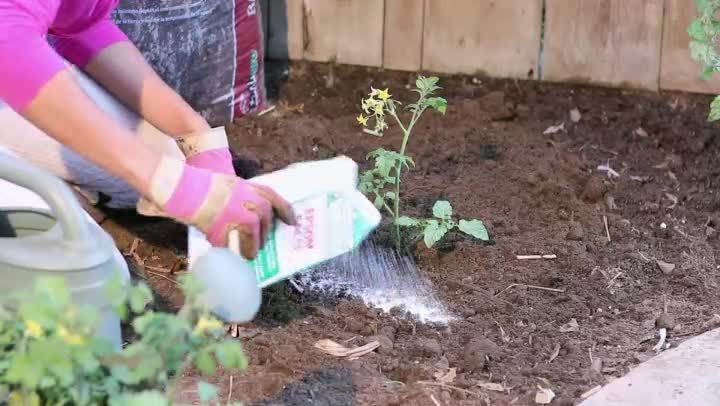
Epsom salts are loaded with minerals that plants need to grow strong and healthy. They are also very inexpensive and have an extremely-long shelf life. Using Epsom salts is one of the best ways to regulate pH levels in soil as well. Low pH can inhibit plant growth. All you need to do in order to boost levels is to mix some of the salts with water and either spray on the plants or water the soil. Epsom salts also contain other nutrients that can boost productivity, and sprinkling some into the soil before mixing can also be beneficial.
Ash
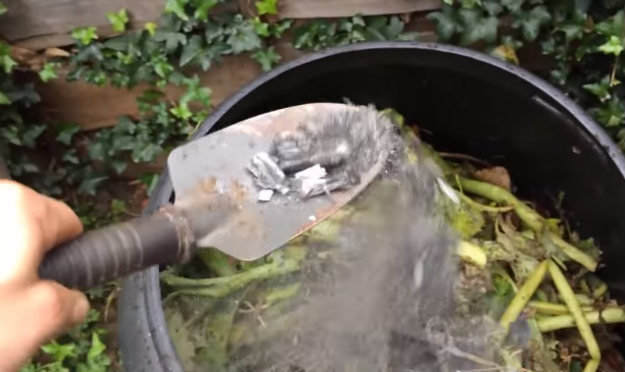
Ash, from pure and untreated wood, can help to regulate the alkalinity of soil. The trick is to use it judiciously and stop adding ash once pH levels reach about 7.5. This will help to promote nutrient uptake by plants, control certain garden pests and keep worms and other helpful microorganisms happy.
Leaves
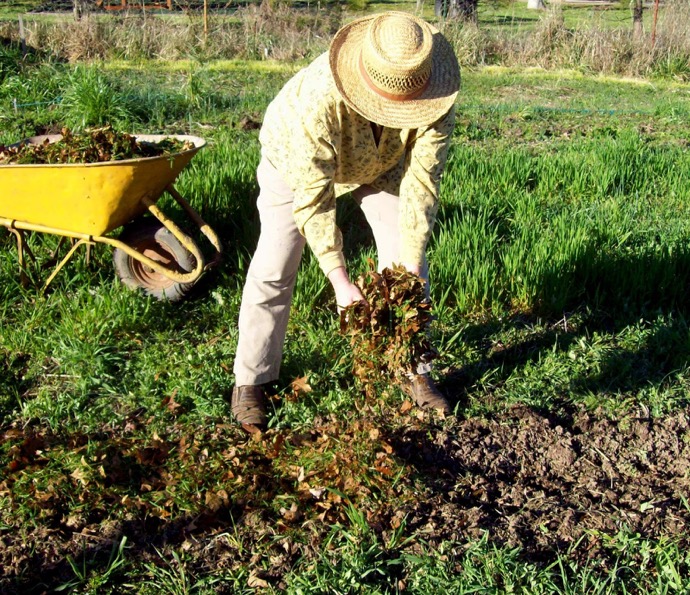
The best time to use leaves is in the fall when they dry out and can be broken up into small pieces. Simply place a couple of layers of leaves into the soil and let them rest over the winter. They will decompose and infuse the soil with a wide-array of nutrients that garden plants need. However, there’s nothing wrong with adding leaves anytime during the growing season as the process of decomposition will also contribute to plant health as well.
Compost

We all know about the many benefits of composting, and the only real drawback is the amount of time that it takes for things to break down. However, you can mix some partially-decomposed material in with your soil during the growing season to provide a steady supply of nutrients to plants. You can also find worms and other critters in compost piles that will help to aerate and add nutrients to the garden as well.
These are just a few examples of things that you can use to provide natural fertilizer to gardens. Just remember that different types of soil exist in different environments, and the trick is to use fertilizer to optimize nutrient levels based on your growing conditions. Take time to learn about what is in or not in your soil so that you can develop a fertilizing system that is customized to your needs.
You also want to consider the crops you are growing and add nutrients that will support them as well. In any case, using natural alternatives is one of the best ways to promote long-term garden productivity while also making good use of waste products that you already have on hand.




